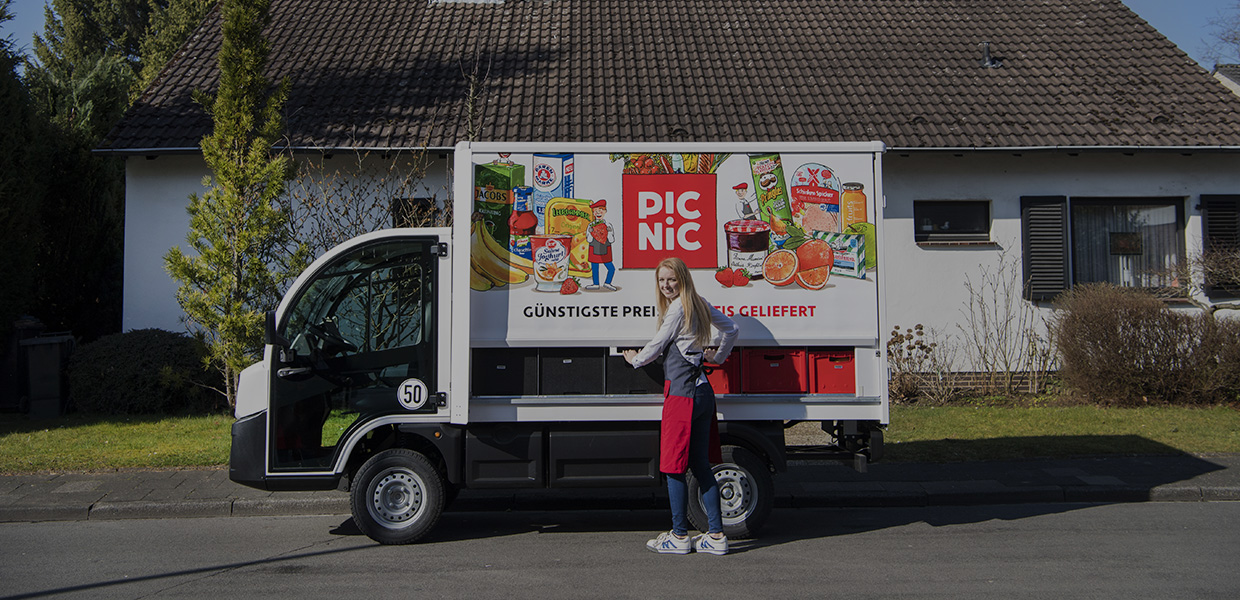Electrification is on the rise within the transportation industry for various reasons. A growing number of equipment manufacturers, dealers, and end users are therefore needing to invest in electrified logistics transport, and transition solutions.
Here we look at some of the key drivers of the electrification trend in transportation and the best ways for vehicle manufacturers and dealers to support their customers to finance their demand for electric buses, LCVs (Light Commercial Vehicles), last mile delivery trucks, and other goods transport related assets, such as trailers and cooling units.
Legislation and reduced emission goals accelerate adoption of electric vehicles
In many countries around the world, legislation, and emissions restrictions are already driving the transition to electrification, and this will undoubtedly continue. Electrical vehicles will become compulsory in certain areas, leading to fast widespread adoption, and the growing need for transition solutions and the associated infrastructure, such as charging stations.
The Netherlands government, for example, has declared that logistics transport in Dutch cities must be emission-free by 2025, and that from 2030 there will be a ban on combustion engine sales, with all road transport to be emission-free by 2050.
In the USA, the state of California issued a mandate, requiring all commercial trucks sold in the region to be zero-emissions by 2045. Shortly after, 15 additional US states made a similar commitment to zero-emissions trucks by 2050*.
Business sustainability goals and climate change
For many businesses, electrification will be a key part of their ongoing push towards sustainability. There is a growing appetite for sustainable solutions from equipment users and buyers. DLL supports this, with a focus on sustainable business models that marry profitability for our partners with environmental and social benefits, while enabling companies to invest in ‘greener’ transportation assets.
Expansion of available products and resulting competitive growth
Given the simplicity of how an electric vehicle is manufactured, compared to a vehicle with an internal combustion engine (ICE), the manufacturing process will have a knock-on effect all the way down the supply chain.
One of the main challenges within the truck market is to achieve affordable total cost of operations, while adopting new, expensive technologies. However, after the initial investment, businesses can anticipate future savings, due to the elimination of fuel costs and the decreased level of maintenance required.
The challenges of investment
Electrification and automation are the two areas receiving the highest investment in the transportation sector, a trend also seen in the wider automotive industry. DLL is at the forefront of emerging technologies, and therefore already offers finance solutions for electric vehicle suppliers, as well as solutions to support the cost of additional services such as charging infrastructure, tires, roadside assistance, telematics, repairs, and maintenance.
For many businesses, upfront investment in new technologies is the key challenge, and quite often, there is insufficient cashflow available to fund the transition to electric vehicles outright. DLL finance solutions help support these businesses, transforming their investment from CAPEX, to an OPEX solution, with manageable monthly fees that simplifies the change, and justifies the financial investment.
However, flexibility remains critical, as solutions for the electric transition today may not be the right match a few years down the line as technology evolves. Businesses will therefore need continued financial support to invest in new sustainable solutions as they emerge.



